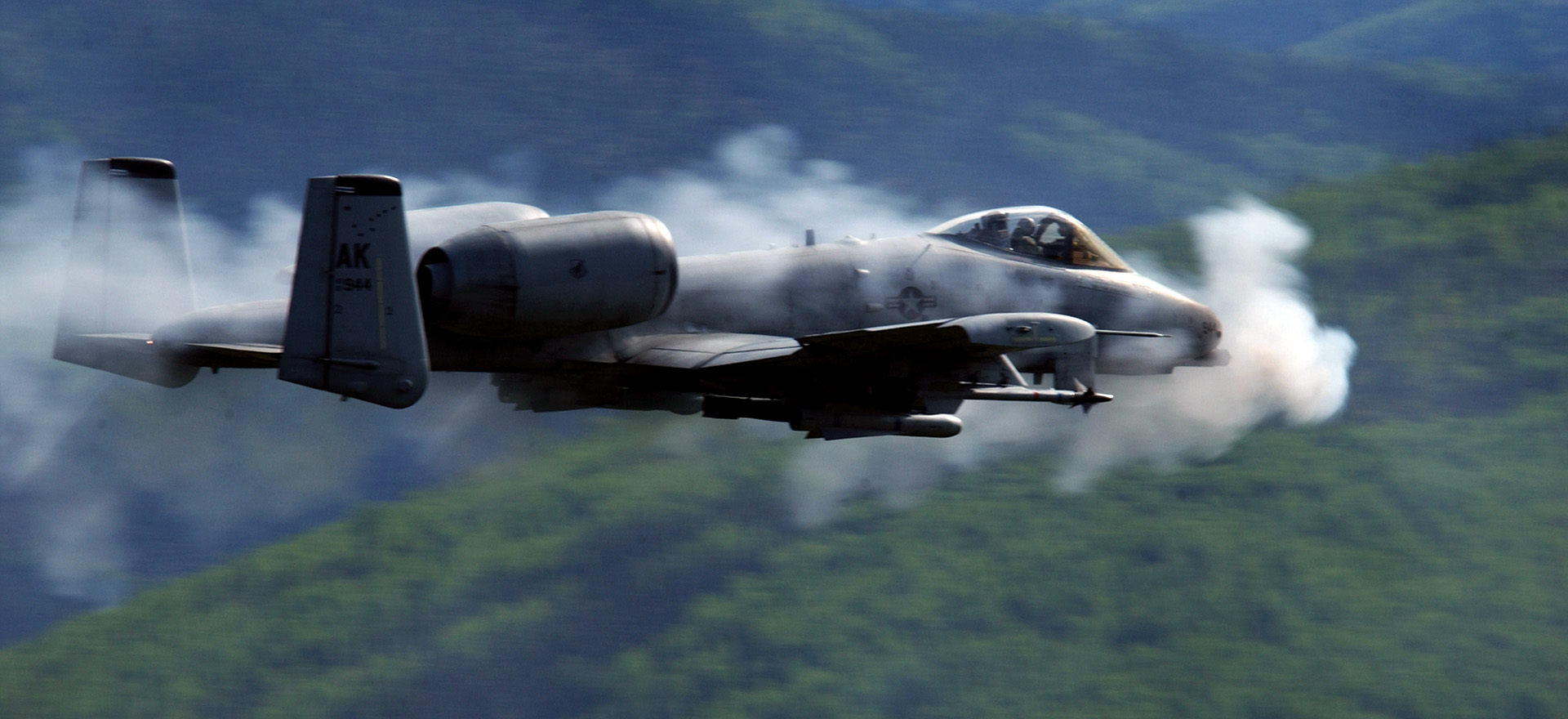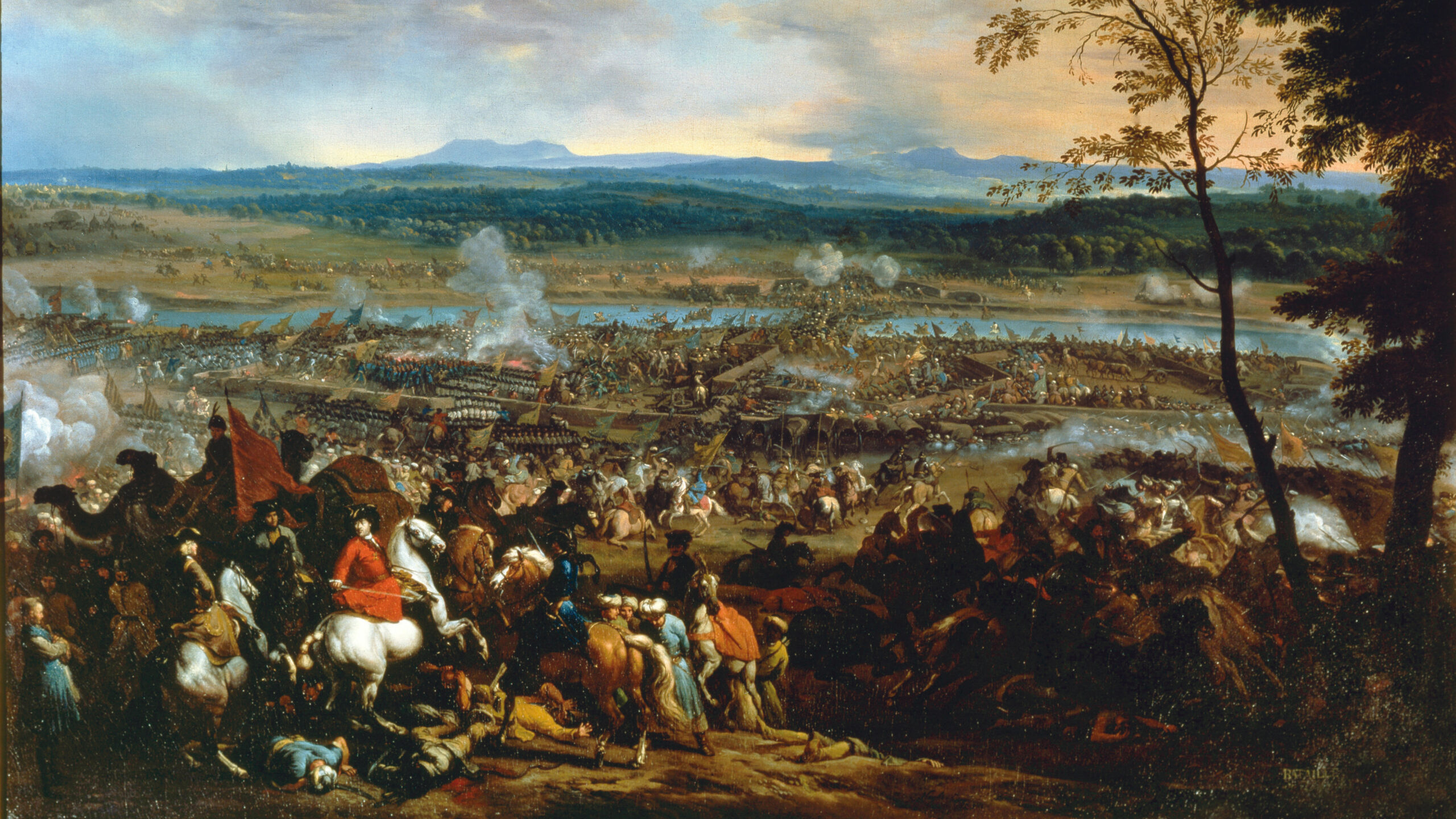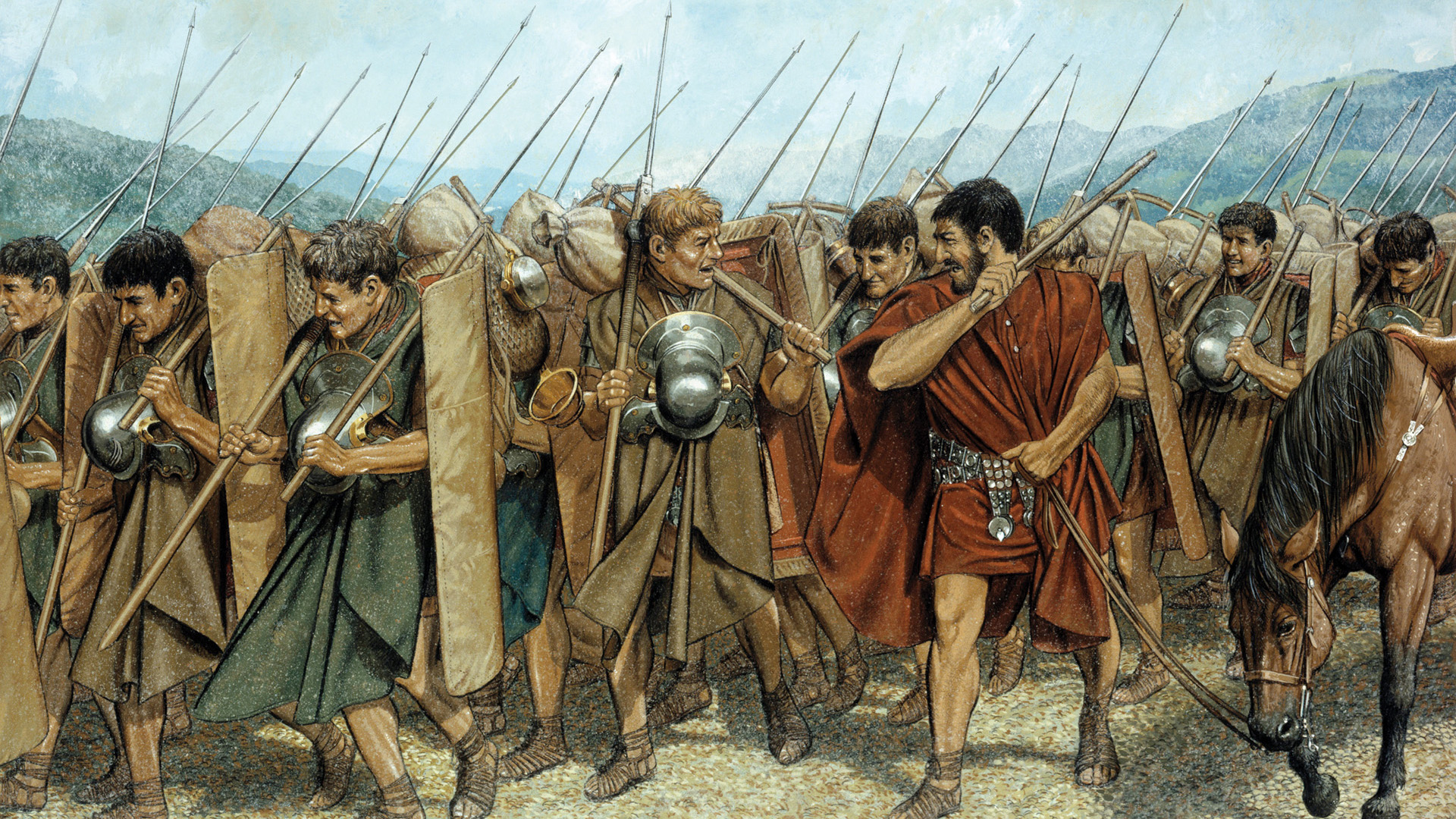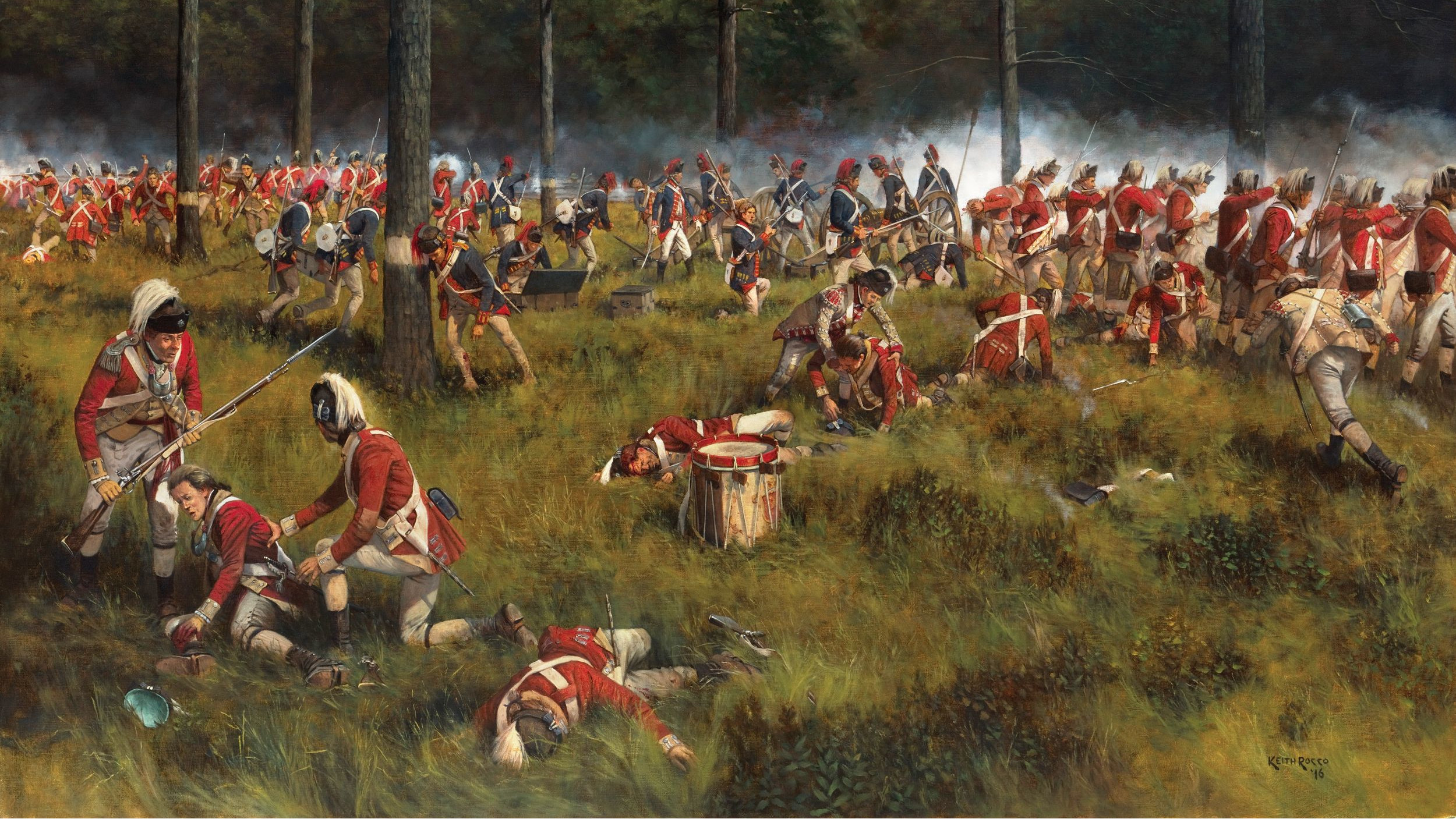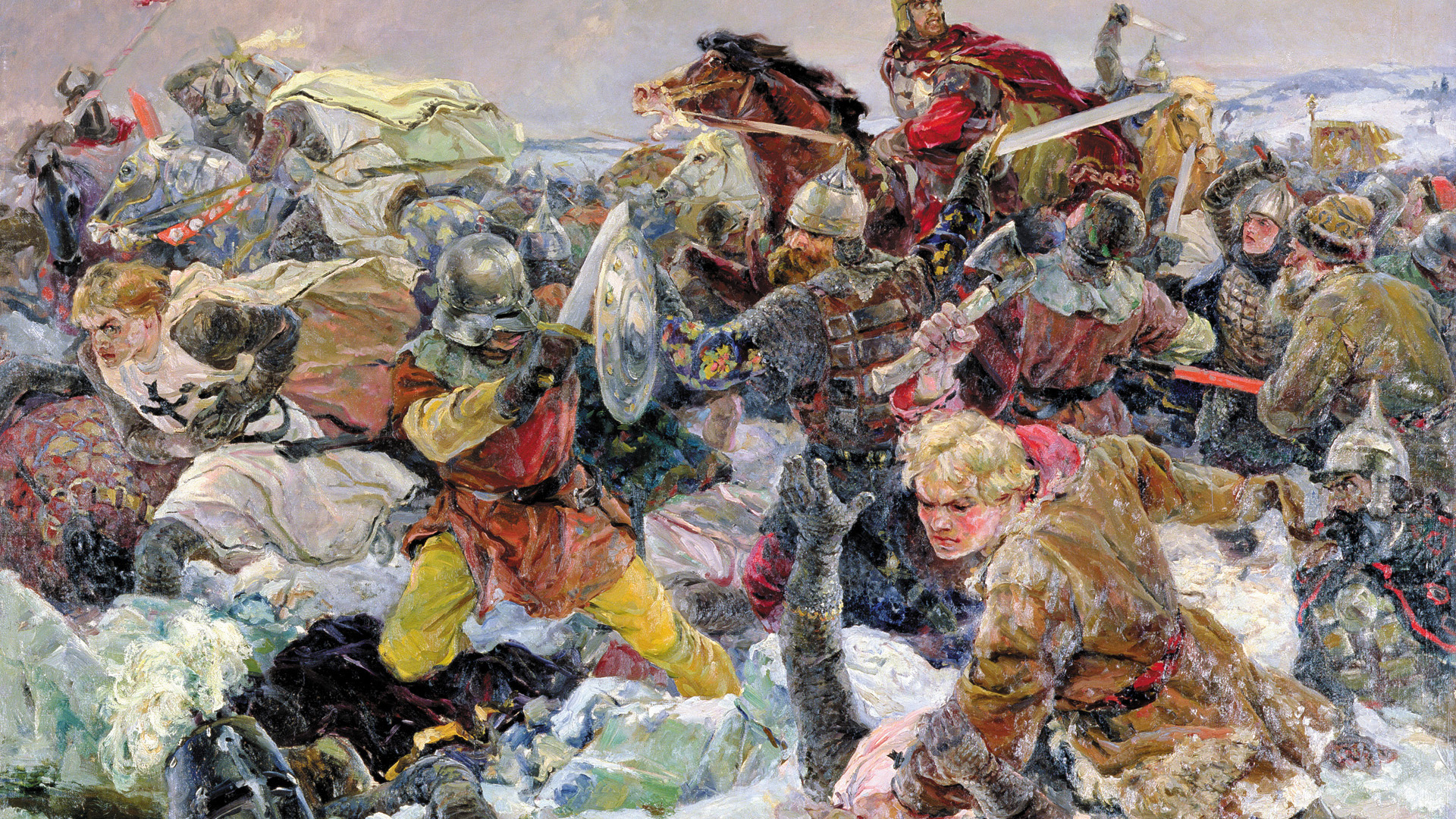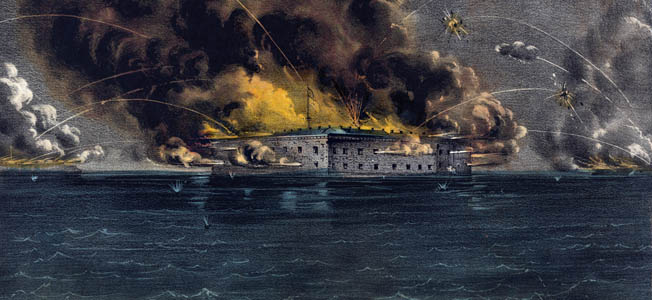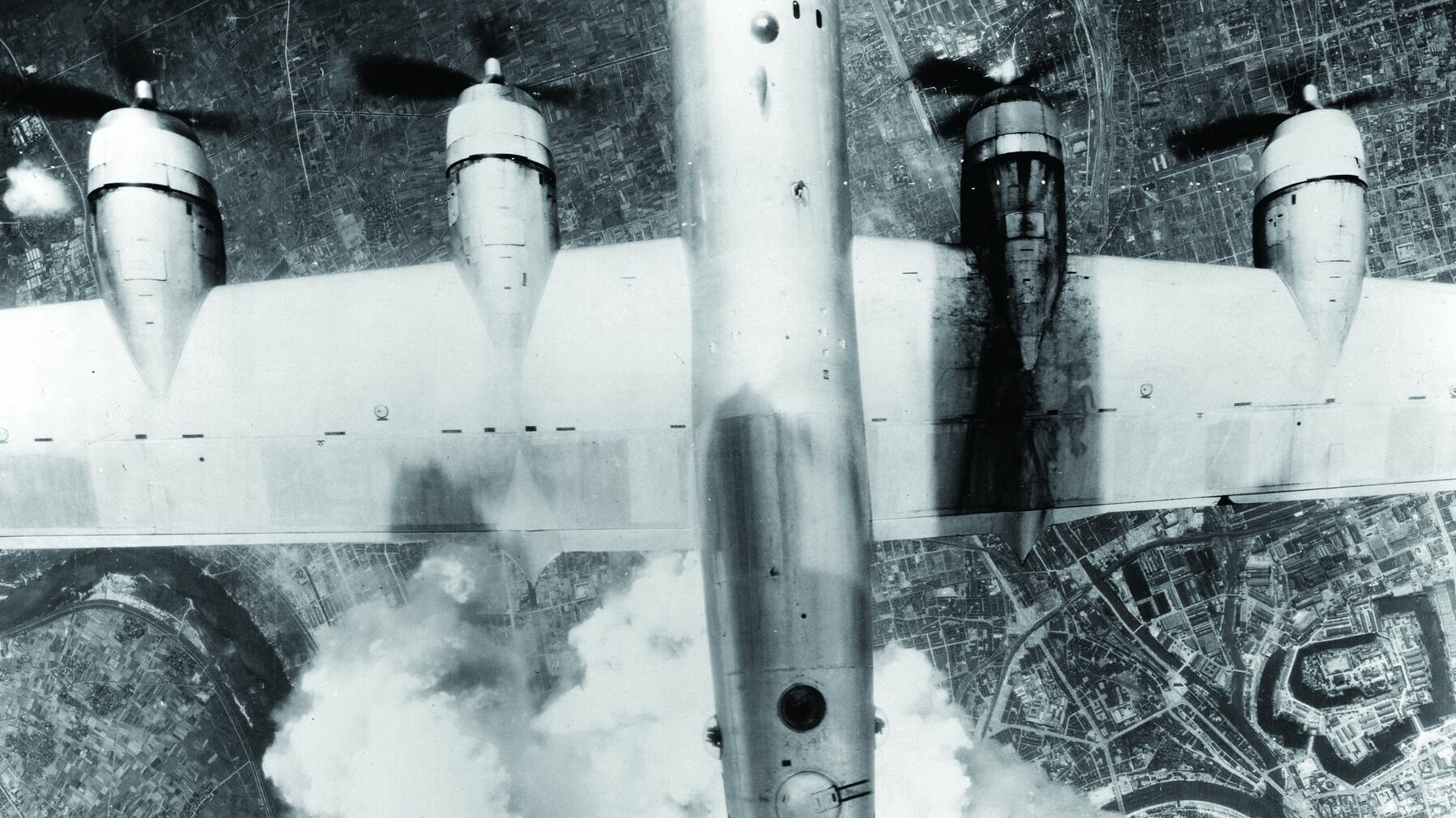By Christopher Miskimon
Smoke and haze clouded the skies over Kuwait on February 25, 1991. It was the second day of Operation Desert Storm, the ground operation to eject the Iraqi military from its smaller neighbor. The Iraqis were losing badly and sought to level the battlefield by setting oil wells on fire. Burning Iraqi tanks and military equipment added to the man-made fog hanging over the battlefield. Through those black, polluted clouds flew Lieutenant John “Karl” Marks, the wingman of Captain Eric “Fish” Solomonson, both in A-10 Thunderbolt “Warthog” attack aircraft. They had gone aloft before sunrise to patrol an area where the borders of Iraq, Kuwait, and Saudi Arabia met.
As the dawn appeared, so did a convoy of tanks near a road. The convoy was just leaving the roadway, likely to find cover for the daylight hours. Marks could see the tracks each tank made in the sand. He knew that where a set of tracks ended, a tank would be sitting. Each A-10 Warthog carried several AGM-65 Maverick missiles equipped with infrared guidance. The hot engines of the tanks shone brightly to such a weapon.
Within minutes, six Iraqi tanks lay destroyed. Marks and Solomonson switched to their deadly seven-barrel Gatling-style 30mm autocannon and destroyed two more tanks. A hit was only recorded as a kill if the vehicle burned. Each time Marks saw a burning tank, he recorded it on the inside of his canopy with a grease pencil.
After they had exhausted their ammunition, the two pilots landed at a forward operating base to refuel and rearm. Assigned a new mission, they flew to Kuwait City. Once there, a Marine Forward Air Controller in an F/A-18 Hornet marked more Iraqi tanks with smoke rockets. The two pilots raced in, destroying another half-dozen tanks with Maverick missiles and two more with their fearsome cannon.
After once again rearming and refueling, the two American flyers returned to Kuwait City. Seven more enemy tanks were left burning, bringing their total to 23 tanks over the course of three missions. Solomonson had 11 tank kills and Marks had 12. The lieutenant suspected they had damaged or destroyed 10 more with strafing runs, but since the vehicles did not burn, they were not counted. Between them, they had knocked out two companies’ worth of enemy tanks in just one day. Their stellar performance helped cement the A-10’s reputation as one of the deadliest combat aircraft of the modern age.
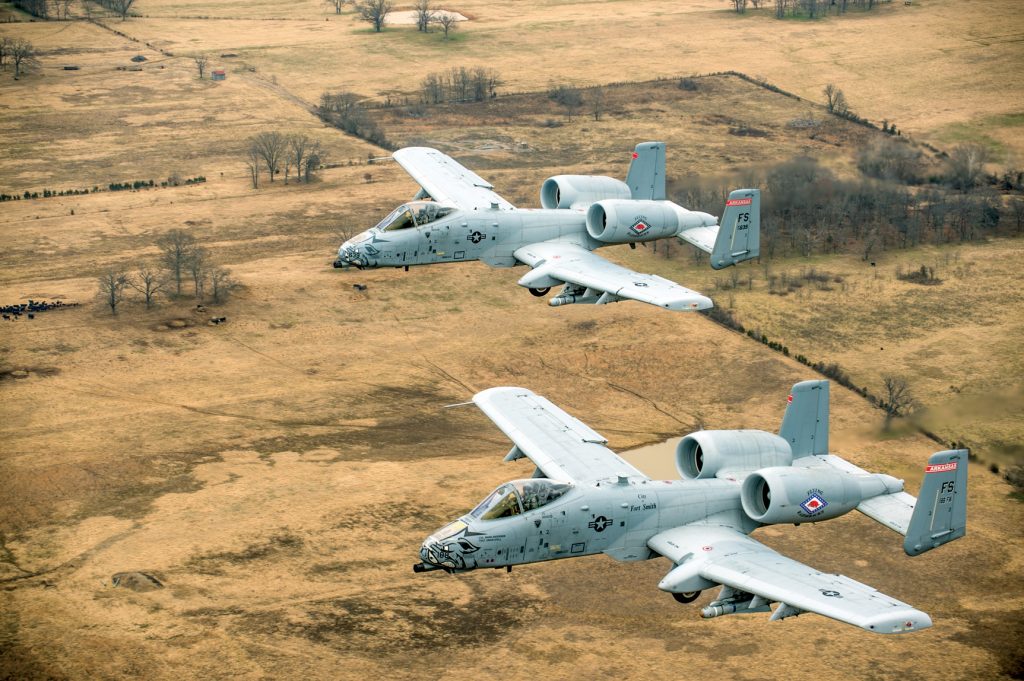
The combat debut of the A-10 occurred in the skies over Kuwait and Iraq during the Gulf War of 1991. Since that time, the A-10 has flown close air support for American troops and will likely continue to do so until 2040.
Originally developed for the Cold War European battlefield, the A-10 Warthog was intended as a tank buster, a tool to whittle down the enormous numbers of armored vehicles the Soviet Union could throw at its opponents in NATO. The Cold War ended before A-10 pilots had a chance to face the Soviets in battle, but it performed superbly against the Iraqi Army during Operation Desert Storm and was responsible for the majority of aerial kills against ground vehicles.
Development of the A-10 began in the mid-1960s with the A-X program. This effort sought to create an inexpensive ground-attack plane that was heavily armed, armored against antiaircraft fire, and that had a long loiter time over the battlefield. The Air Force selected Fairchild Republic’s design in January 1973, with production beginning about three years later. The plane’s official name was the Thunderbolt II, after the famous P-47 fighter-bomber of World War II, but its common nickname was the Warthog for its squat, blunt appearance.
The aircraft’s design centers on its primary weapon, the GAU-8 Avenger 30mm cannon. This weapon, with seven barrels and sizable ammunition feed mechanism, is so large the plane is literally built around it. The gun’s main purpose is destroying enemy armor. It fires a round made of depleted uranium encased in an aluminum shell with a muzzle velocity of 3,500 feet per second.
When the projectile hits the armor of a tank, it transfers enough kinetic energy to cause “spalling.” After impact, the energy travels through the armor, causing pieces of its inner layer to break off and fly around the tank’s crew compartment. Such impacts also cause a large amount of heat, which could kill or injure as easily as the spalling.
The GAU-8 initially had variable rates of fire of either 2,100 or 4,200 rounds per minute, but this was later set at 3,900. It is also an accurate system, with a dispersion of only 30 feet at 6,000 feet range. The magazine can hold 1,174 rounds of ammunition, enough for 18.06 seconds of firing.
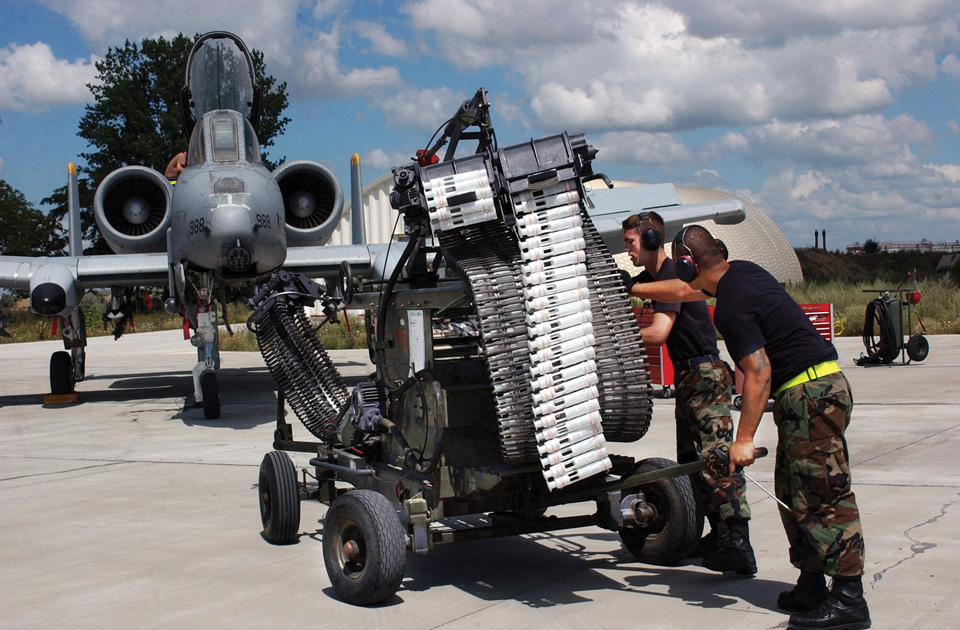
Alongside the 30mm cannon, the A-10 Warthog can also carry a variety of weapons on external hard points. This includes guided and unguided bombs and 70mm Hydra rockets, along with the Maverick missile. The AGM-65 Maverick has a 125-pound shaped charge warhead and is equally effective against armored vehicles or bunkers. Different versions use either infrared or optical television guidance using a small screen in the cockpit. Weapons load-outs depend upon the expected targets, with Mavericks preferred for anti-armor missions. The 30mm cannon serves as an effective backup to the Mavericks.
Aside from the Warthog’s heavy armament, it is also well armored. The pilot sits in a protective titanium “bathtub,” which is sufficient to guard against light antiaircraft guns, such as the ubiquitous Russian-made ZU-23-2, or small surface-to-air missiles, such as the man-portable SA-7. Design features also protect against fire in the fuel tanks, and the A-10 can still fly with half a wing shot off or half the tail missing, or even with the loss of one engine. The A-10 is powered by two General Electric TF34-GE-100 turbofans. Each turbofan furnishes 9,000 pounds of thrust.
The Thunderbolt II’s maximum speed is 450 nautical miles per hours, and its maximum range is 800 miles. This is not particularly fast for a modern plane, but the low speed allows the pilot to aim at targets more accurately, and fuel consumption is low enough to let the aircraft loiter over the battlefield searching for and engaging targets. Another engineering detail is the ability to replace large components on the plane quickly and easily, allowing ground crews to repair damage and get their aircraft back in the air.
Once in service, pilots quickly developed the tactics needed to make the A-10 Warthog a success. The planes generally operate in pairs, flying low to the ground to avoid enemy antiaircraft fire. When a pilot identifies a suitable target for the Maverick, he climbs and locks on to the target. He then fires a missile from about two miles out.
When an A-10 pilot needs to use his gun, he makes a turning climb and then tilts the nose of the plane downward. Once he lines up the target, he fires a short burst at a range of 4,000 to 6,000 feet. Pilots generally limit their bursts to one to two seconds. This is done partly to conserve ammunition. The 30mm gun produces enough recoil that it can slow the aircraft down. Being in a shallow dive during firing helps increase airspeed to compensate for the gun’s recoil forces. The recoil can also throw off the pilot’s aim on a longer burst.
When it entered service, the A-10 used a simple but not always accurate navigational system. “When I flew the A-10A in Europe back in the 1980s, you were lucky if the old Inertial Navigation System (INS) fitted in the jet got you within a couple miles of the target due to its propensity for drifting,” said Marks, who is now a lieutenant colonel.
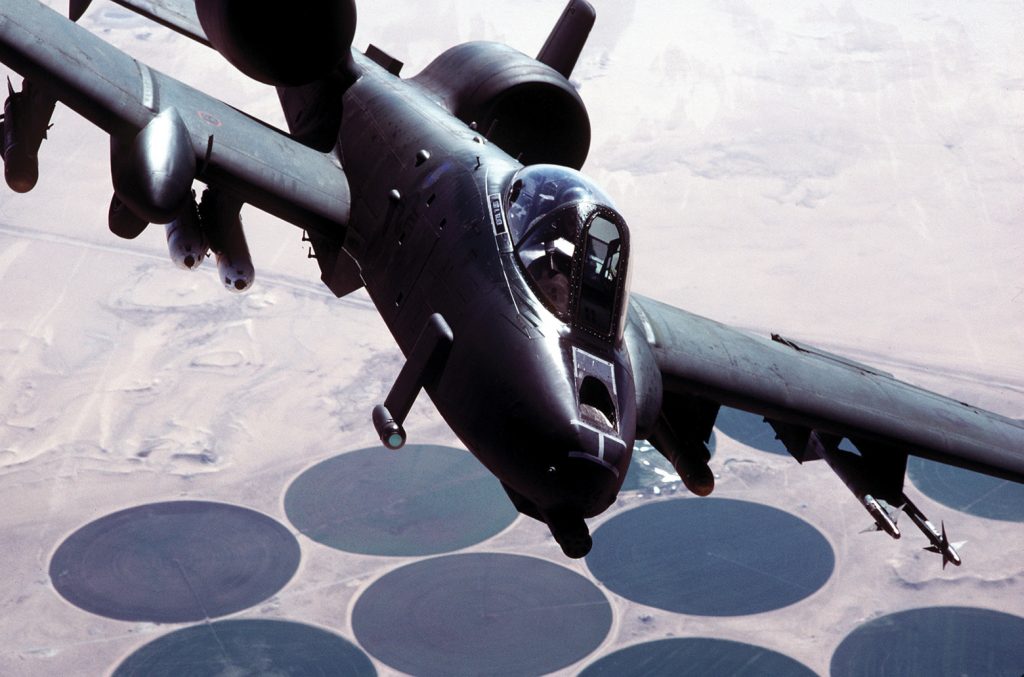
“That was where you made your money as an A-10 pilot, employing effective clock-to-map-to-ground skills.” After Operation Desert Storm, the Thunderbolt received upgrades including global-positioning-system navigation and improved targeting systems.
During Desert Storm, the A-10 Warthog earned its reputation as a tough and capable ground-attack plane. The Coalition Forces divided Kuwait into grids where the Iraqi army was operating. Each piece of the grid was known as a “kill box.” Aircraft were assigned to each kill box, and their pilots could roam at will attacking anything they saw.
Thunderbolts received credit for destroying approximately 900 Iraqi tanks, 2,000 other armored vehicles, and 1,200 artillery pieces. “It was imperative that air knock out as much of this armor as possible,” said Captain Michael Isherwood, an A-10 pilot and weapons officer, “as the alternative was to let 20-year-olds in tanks go head-to-head.”
Lt. Gen. Charles A. Horner, the joint force air-component commander during the war, noted how effective air power was during the Battle of Khafji. “Every time Iraqi vehicles began to march south, A-10s, F/A-18s, or even the odd Pave Tack F-111 or F-15E would show up, and all hell would break loose,” wrote Horner. Six kill boxes were used to make 267 sorties against the Iraqis, stopping them decisively.
After Desert Storm, there followed a general drawdown of American military forces, coinciding with the end of the Cold War. The U.S. Air Force had to make hard choices regarding which aircraft to retain. It generally chose the faster, more glamorous supersonic fighters over the slow, ugly A-10. Even though the A-10 did serve in the Balkans during the 1990s and received some key upgrades in that period, it seemed the Thunderbolt II’s days were numbered.
The fate of the A-10 Warthog changed, though, when the terrorist attacks of September 11, 2001, took America back to war again in the Middle East. In the two decades that followed, the A-10 served in both Iraq and Afghanistan, providing much-needed ground-support firepower to U.S. and Allied troops. It is a favorite of troops on the ground, who know the aircraft can drop ordnance accurately even when the enemy is close to them.
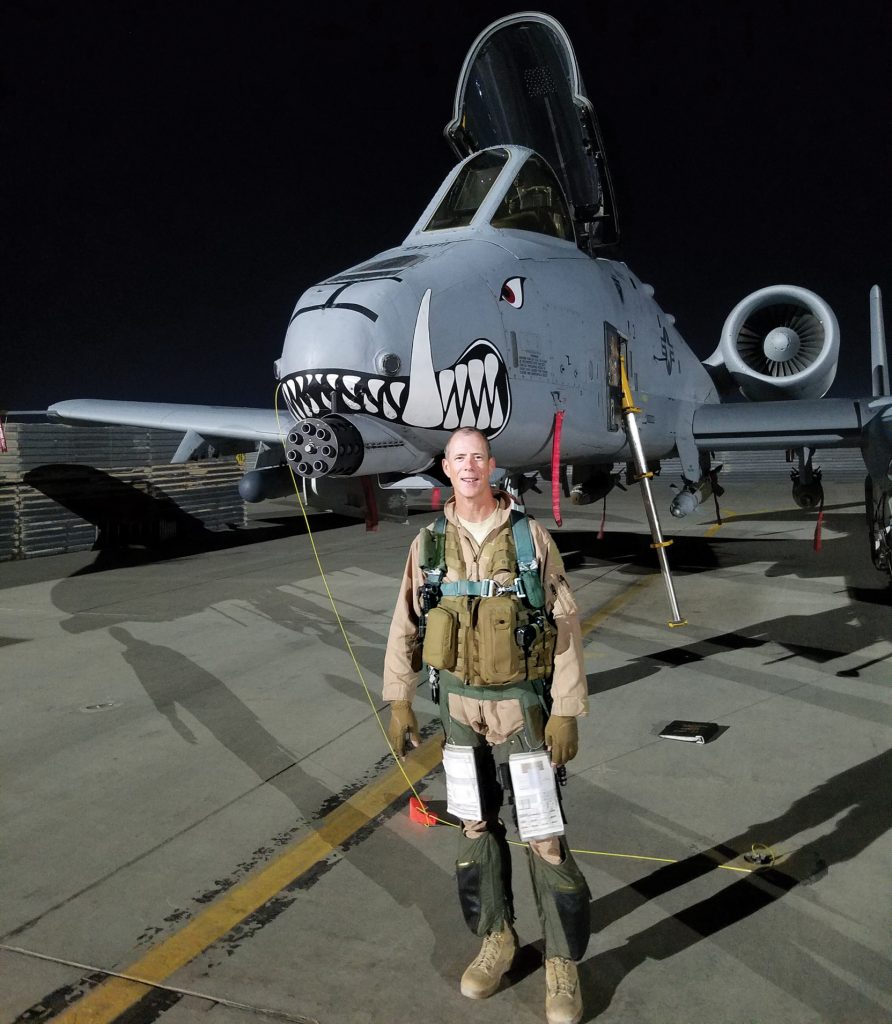
An example of the A-10 Warthog’s effectiveness occurred on October 28, 2012, when Captain Jeremiah Parvin and Lieutenant Aaron Cavazos were diverted to help a U.S. Marine special-operations unit under attack in Bala Murghab, Afghanistan. They found the Marines pinned down in a village under heavy fire. The two A-10 pilots had to risk flying through heavy cloud cover in the mountains to get to the Marines.
They found four heavy machine guns pounding the Marine’s position. The pilots made repeated gun runs, during which they destroyed all four weapons. They also made low passes to draw enemy fire away from the Marines, who had started to withdraw with their wounded, using infrared strobes to mark their location. This made it easier for the pilots to make danger-close strafing attacks.
The exploding 30mm rounds sounded like hand grenades. During each of their passes, the A-10s sent 60 “grenades” down on the heads of Taliban fighters. With the A-10s furnishing covering fire, the Marines were able to disengage. The Marines later wrote statements that they would have died if not for the pilot’s actions. Both Parvin and Cavazos received the Distinguished Flying Cross for their courage under fire.
Despite the A-10 proving its combat effectiveness in combat, the Air Force has tried to retire the aircraft several times, planning to replace it with the new F-35 Lightning II. While the F-35 is a technological marvel, it cannot carry the ordnance loads or loiter the way an A-10 can. It is a different plane designed for a different kind of fight. The Army and Marine Corps have argued to keep the A-10 in service, with the Army even offering to fly it themselves, though this violates long-standing agreements about which aircraft each service can operate.
So far, the A-10s have managed to stay in service, with Congress even intervening to keep the Thunderbolt II flying. While it is an old design that would have difficulty surviving in a high-technology combat environment, the A-10 is well suited to environments where the United States has air supremacy. A program to replace worn-out wings has ensured the plane can stay in service for perhaps 20 more years.
Despite its origins in the final years of the Cold War, the A-10 Warthog has served for four decades, providing effective close air support that no other design, either existing or forthcoming, can deliver. While Air Force generals have sought to retire it, privates and noncommissioned officers on the ground want no other angel flying over their shoulders.
